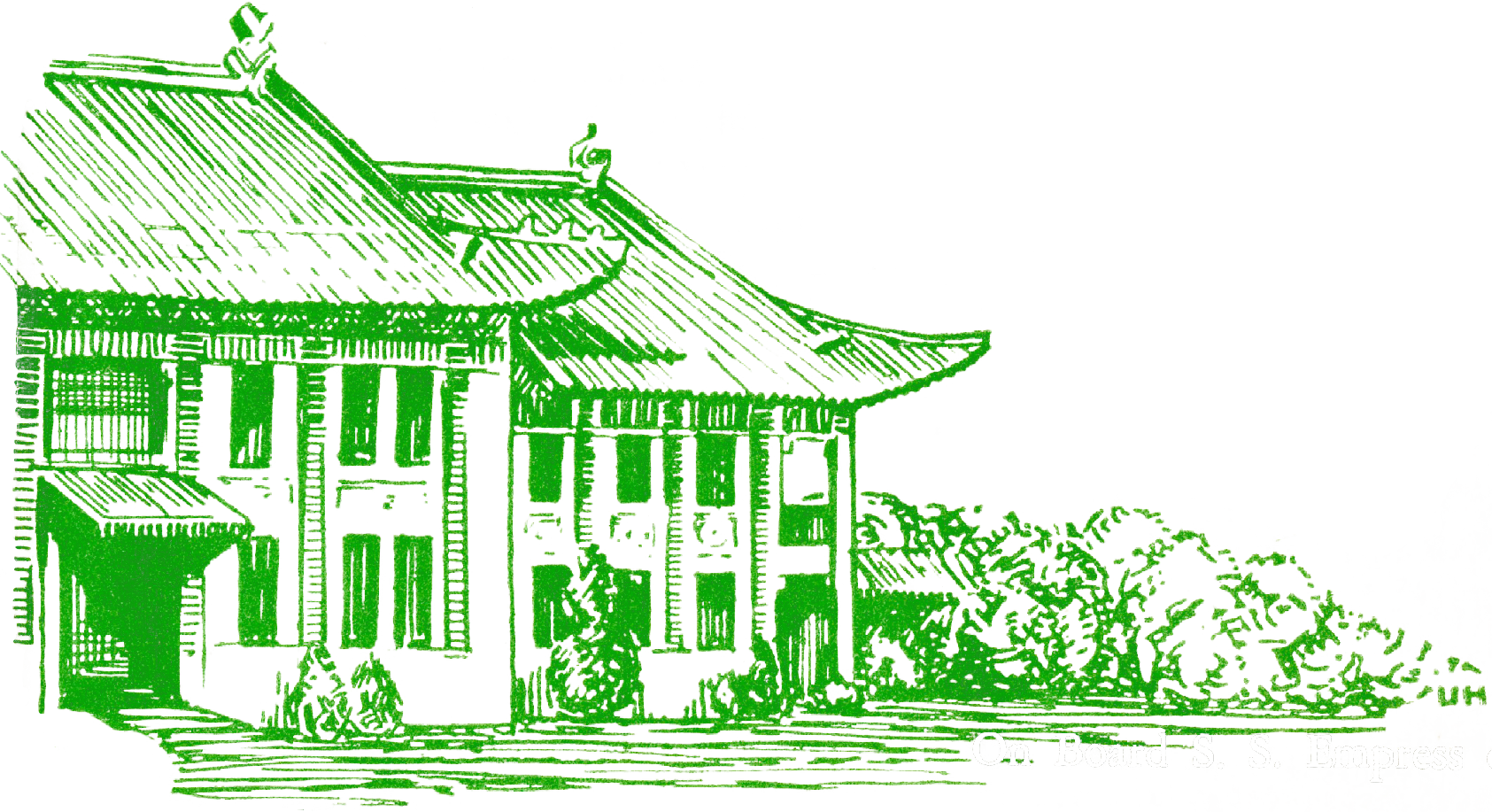Overview
In 1930, when Ginling College registered with the Chinese government as a private educational institution, the department of religion closed down. This change was the culmination of years of discussion about the benefits of official recognition and possible changes in the College’s identity. The requirements for registration prohibited schools from proselytizing and thus posed an existential problem for schools that had been founded by missionaries. Throughout the 1910s and 1920s, Ginling and other Protestant missionary schools did not register in China; instead, they granted degrees under charters from organizations in the United States. Because registration necessitated that schools articulate their own commitments to teaching religion in school rooms and chapels, the question provides a productive path into analyzing how Ginling faculty and administration understood their own careers and the mission of the school with respect to Christianity. Our analysis focuses on the meeting minutes of a 1926 faculty discussion about registration. In this document, Matilda Calder Thurston and Chinese and American faculty shape their conversation around three central questions. The second question posed in the discussion frames our analysis: “Do you feel that required religious courses are a desirable part of our program? (1) Educationally? (2) Religiously?”
Two different views of Ginling College’s identity are implicitly put into conflict by this question—the College is, in one of them, a missionary enterprise funded and originated by religious groups in the United States; in the other, the school is essentially an educational institution within which Christianity, in the form of classes and practices like chapel or holiday programs, can be identified as a discrete and non-essential component. These perspectives come into competition when expressed by different faculty who, because of their own national and religious backgrounds, have different stakes in the question. Some Chinese faculty present their own internal tension about trying to deceive or oppose the Chinese government; some faculty from the United States use American parallels to describe their opinions about the relationship between private schools and the state.
This document, of course, is not the only text from the MCT collection with relevant content. The 1926 meeting minutes will serve as the starting point for intertextual connections made through links to thematically similar documents, including other discussions of registration and later documents, like reports from the rural service stations, that attempt to articulate what Ginling’s religious goals and commitments are in different contexts, and how they changed over time.
The goal of our annotations, which take three forms (historical context and analysis, biographical information on the people present at the meeting, and links to other related documents from the MCT collections), is to show the complex historical forces and personal interests that interact over the course of this one meeting.
